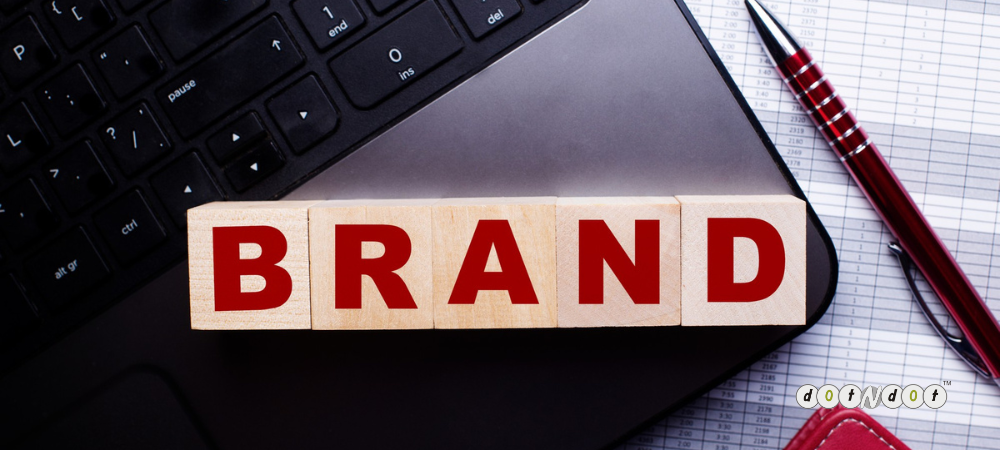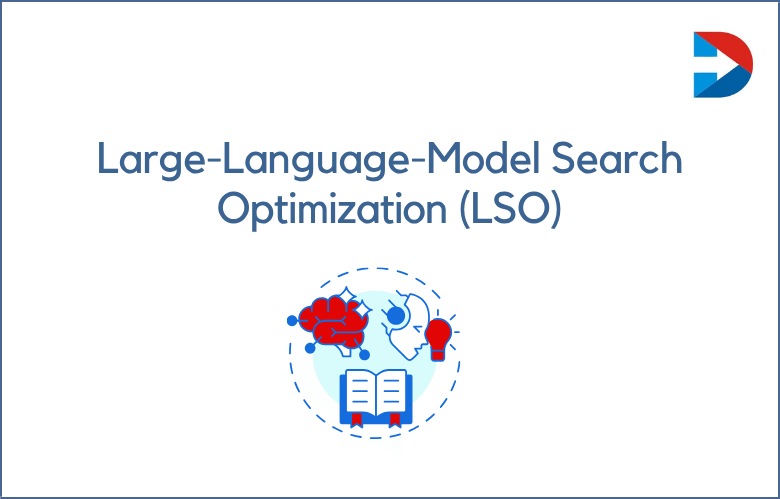
Branding is a crucial aspect of any business. It is how customers recognize, interact, and associate themselves with a company. But not all branding is created equal.
There are different types of branding, each with its principles and methods. We’ll help you understand the other branding and how each can affect your business.
What is Branding?
Branding involves creating a unique name, symbol, design, or identity that differentiates a company’s products or services from its competitors. It’s about creating a perception in people’s minds about your business.
This perception is often built on the reputation of a company and the emotions it evokes. Therefore, branding is more than just advertising or marketing; it creates a long-lasting impression in consumers’ minds.
Elements of Branding
Branding comprises several elements that create a visual and emotional connection with consumers.
These elements include the brand name, logo, tagline, color palette, typography, tone of voice, and overall brand identity. Each of these elements should be consistent across all marketing materials and platforms.
Which is essential for attracting and retaining customers. It also helps to build brand loyalty, as customers learn to trust a brand and its promises. A strong brand can command a premium price for its products or services, as customers perceive it as higher quality.
Businesses with solid branding can quickly introduce new products or services as consumers are familiar with and loyal to the brand.
How to Create a Brand
Creating a brand involves defining your brand identity, which includes understanding your target audience, developing a brand message, and creating a visual identity.
Once you have developed these elements, consistency is critical. Your brand should be consistently communicated across all marketing materials, including websites, social media platforms, advertisements, and packaging.
Measuring Branding
Investing in branding is a long-term strategy and requires time and resources. Therefore, it’s essential to measure the effectiveness of your branding efforts.
You can measure branding by tracking brand awareness, customer loyalty, market share, and revenue growth. These metrics will help you understand if your branding strategy is working and if adjustments must be made.
Which Ones Are Best for Your Business?
Branding is an essential part of any business’s marketing strategy. It connects the company and its target audience, helping to establish loyalty and trust.
However, branding is more than just a one-size-fits-all solution. There are different types of branding that businesses can use, each with its unique advantages and disadvantages.
We will explore the different types of branding and help you determine which ones are best for your business.
Understanding Branding: What it is and How It Works
Branding is everywhere – from the products and services we use daily to the companies and people we follow on social media.
But what exactly is branding, and how does it work? We’ll dive deeper into branding, explore why it’s essential for businesses and individuals, and provide practical tips on creating a successful brand.
Branding creates a unique and recognizable identity for a product, service, company, or individual.
Branding typically involves developing a name, logo, tagline, and visual elements that distinguish a given entity from competitors in the same market. Strong branding evokes an emotional response from customers and helps create a sense of trust and loyalty.
A brand is not just a logo or a name; it encompasses everything a consumer experiences while interacting with the entity.
The Key to Building a Great Reputation
Nowadays, the business world has become more competitive than ever before. Businesses of different sizes and niches fight tooth and nail to get noticed amidst jostling noise.
In such an environment, branding has become an essential aspect of the business. Branding is, therefore, a necessary tool on the journey to success. This post will help you understand branding, how it works, and how to use it to build an excellent reputation for your business.
In simple terms, branding connects a business and its target audience.
Branding goes beyond creating an eye-catching logo, color scheme, or catchy tagline when well executed. It is a deliberate effort to create a reputation that will bring your target customers to your doorstep.
The first step towards establishing a brand is understanding the market and target audience. This will enable you to create a brand strategy that addresses the needs of your target audience.
What are the Types of Brandings?
Product Branding:
Product branding focuses on creating a unique identity for each product. It uses product features, design, and packaging to differentiate it from competitors.
The main objective of product branding is to create a connection between the product and the customer. This type of branding is expected in the food industry, where packaging and design are essential to attract customers.
Corporate Branding:
Corporate branding is about building a reputation for the entire company. It is not just about designing a logo or creating an advertisement. It involves creating a company culture, values, and mission that resonates with the audience.
Corporate branding is more significant and long-term than product branding because it represents the company’s overall identity. An excellent corporate brand attracts talent, customers, and investors.
Personal Branding:
Personal branding is an increasingly popular type of branding that focuses on building a reputation for an individual. It is about creating a unique identity for a person outside of their company or profession.
Personal branding is common for entrepreneurs, public figures, and influencers. It can help individuals establish a following and trust with their audience.
Service Branding:
Service branding is about creating a unique identity for intangible services. Unlike product branding, service branding relies on customer experience, customer service, and reputation.
It is about creating a unique service that customers would seek again. Service branding is expected in the hospitality, tourism, and healthcare industry.
Online Branding:
Online branding refers to building a unique identity for a company or individual online. It involves creating a website, social media, and email marketing campaigns representing the brand.
Online branding is essential in today’s digital age because many customers research and interact with companies online. It is necessary to create a consistent online presence across all channels.
Conclusion:
Now that you understand the different types of branding, it’s time to think about which one(s) will work best for your business.
The right branding strategy will help you stand out from your competitors and build a loyal following.
Remember that branding takes time and effort but is ultimately worth it. A strong brand will help you generate more revenue, build your reputation, and attract the right people to your business.
Types of Branding: Which Ones Are Best for Your Business – FAQS
What Is Branding In Business?
Branding is the process of creating a unique identity for a product or service, including visuals, messaging, and values, to distinguish it from competitors.
Why Is Branding Important For Businesses?
Branding builds recognition, trust, and loyalty, influencing consumer decisions and enhancing business value.
What Is Corporate Branding?
Corporate branding focuses on the entire company’s reputation, reflecting its mission, values, and unique selling points.
How Does Product Branding Differ From Corporate Branding?
Product branding targets specific product lines, emphasizing their unique benefits, while corporate branding covers the whole business.
What Is Personal Branding?
Personal branding promotes an individual’s identity, expertise, and values to build credibility and attract opportunities.
How Does Service Branding Work?
Service branding emphasizes customer experience and relationships to build trust and reputation for intangible offerings.
What Is Retail Branding?
Retail branding markets the seller, not individual products, to create a cohesive identity for stores carrying multiple brands.
How Does Geographic Branding Benefit Businesses?
Geographic branding leverages regional traits to attract local customers, ideal for tourism or location-based businesses.
What Is Co-Branding?
Co-branding combines two brands to create a joint offering, enhancing reach and credibility through shared values.
How Does Online Branding Enhance Digital Presence?
Online branding uses websites and social media to create a recognizable digital identity, boosting engagement.
What Is Offline Branding?
Offline branding involves tangible assets like packaging, print ads, and merchandise to build real-world visibility.
How Does Dynamic Branding Adapt To Change?
Dynamic branding evolves with market trends and consumer preferences, keeping the brand relevant and fresh.
What Is Cold Branding?
Cold branding uses subtle, creative strategies to cost-effectively introduce a brand to new audiences.
How Does Brand Imagery Support Branding?
Brand imagery, like logos and colors, creates visual appeal, evoking emotions and enhancing recognition.
What Role Does A Branding Style Guide Play?
A branding style guide ensures consistency in visuals, tone, and messaging across all marketing channels.
How Does Storytelling Enhance Branding?
Storytelling creates emotional connections, making the brand memorable and relatable to its audience.
What Is Brand Hierarchy?
Brand hierarchy organizes a company’s brands and sub-brands to maintain clarity and consistency.
How Do Businesses Choose The Right Branding Type?
Assess business goals, target audience, and market position to select a branding type that aligns with objectives.
Can A Business Use Multiple Branding Types?
Yes, cohesive use of multiple branding types, like corporate and product branding, can enhance reach and impact.
What Are The Benefits Of Consistent Branding?
Consistent branding builds trust, improves recognition, and fosters customer loyalty across all touchpoints.



